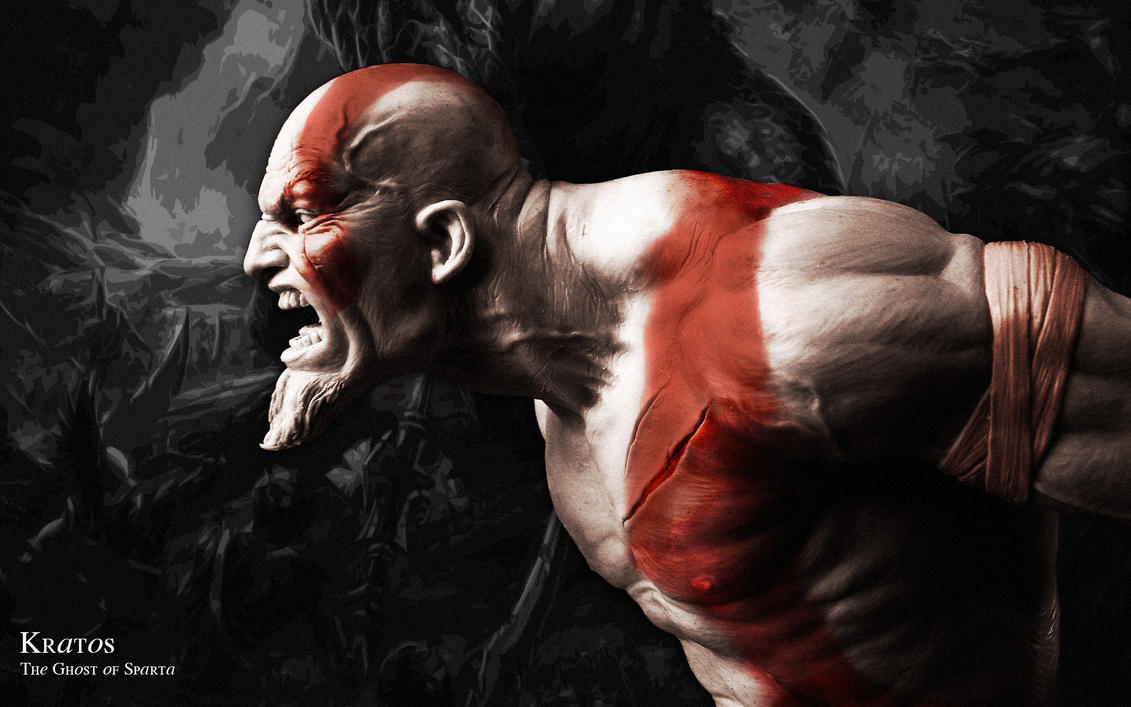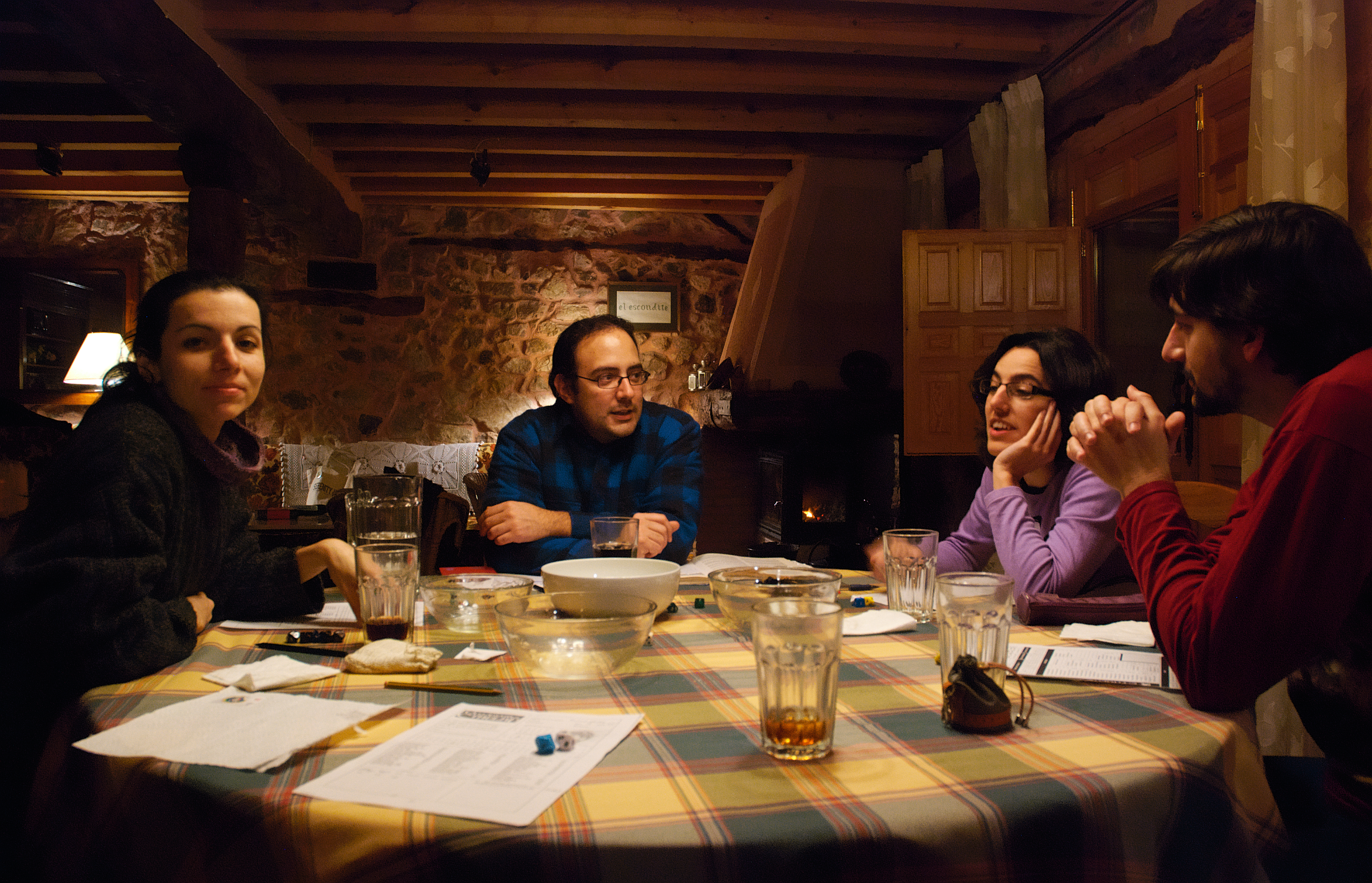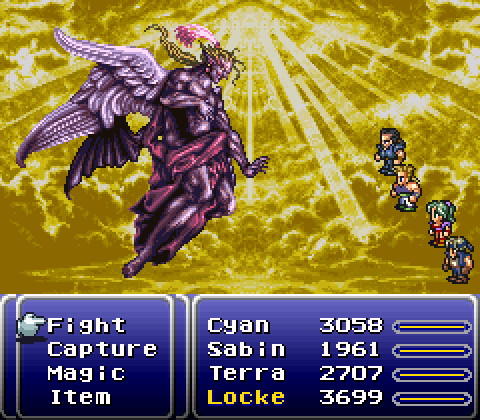for the majority of their existence games have been considered simple or a child's plaything and never considered as anything more. They, for a long time, have been disregarded by the art community because they could not see beyond the pieces, rules, and controls to what lied underneath. They believed, in part, that games could not invoke the emotions and spark the imagination of gamers as art should. But as I have mentioned before, games have been doing just that for quite some time. It is only within the last 10 or so years that games have been coming into the spotlight as art, this being due to the increase in quality of the writing and graphics.
Before, games typically used symbolic pieces that represented players, enemies, and obstacles and boards that represented the world of the game. Some games didn't even use boards or pieces, only pencil and paper. These games required you to learn rules and use one's imagination to "see" the happenings of the game such as in the classic role playing game Advanced Dungeons and Dragons.
Even after videogames were invented and much of the rule keeping and mechanics were handled by the game itself, games in general were still seen as playthings. This due to the need for players to use their imaginations as these primitive games still required players to "fill in the blanks" the game presented due to their technological limitations, such as imagining a players voice, and their actions within games.
 |
| How can you not feel rage when look at his face? |
But, as mentioned before, in the last 10 years or so that games have become more accessible to the general public as the writing and graphics have increased in quality. This is most evident in the popularity of the original God of War game. This game presents the classic tale of revenge while instilling the emotions of rage, hate, and sorrow within the player. This was achieved through the use of voice acting, high graphics quality, and an appropriate soundtrack. After all, it is much easier to feel as the main character, kratos, does when you can see and hear the rage and hate he has for the god, Ares.
Everything about him screamed rage, from his character design to the brutality of his actions and the gruffness of his voice. It instantly made me feel for him and his hate towards the Ares as I brutally tore apart legions of minions seeking to get the way of Krato's revenge, of MY revenge.
The game also gives the player a sense of wonder that stirs their imagination through its use of sweeping landscapes and larger than life boss battles.
In conclusion, the God of War game was a beautiful game that struck me emotionally and sparked my imagination through its use of modern graphics, character design, and level design. It represents the movement of games from simple playthings to a serious medium within the eyes of the general public and the art community.
sources






.png)


